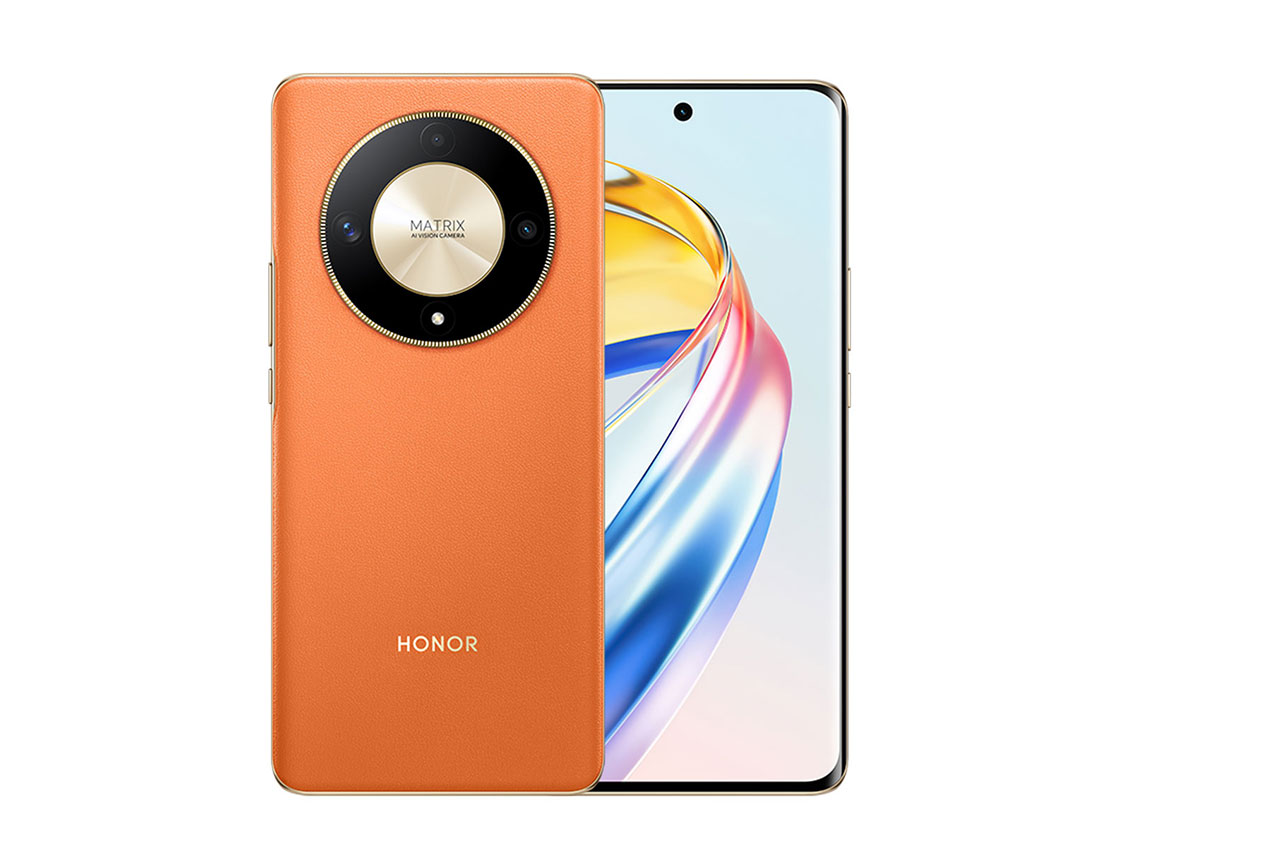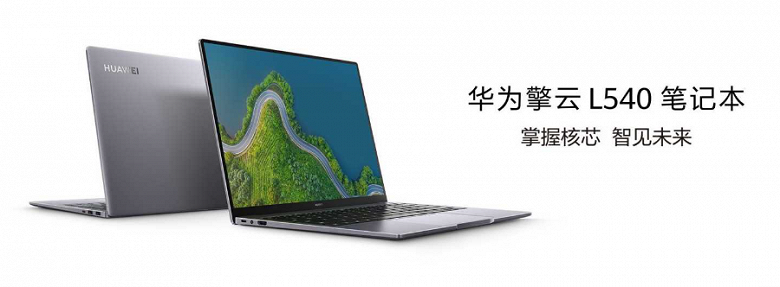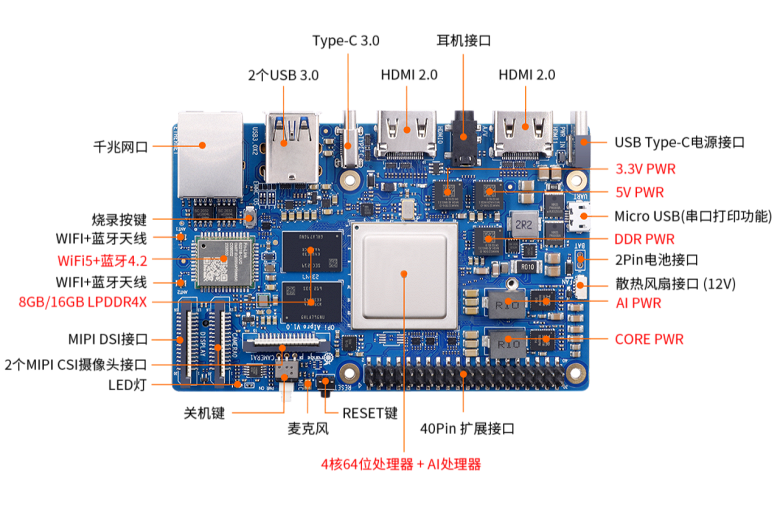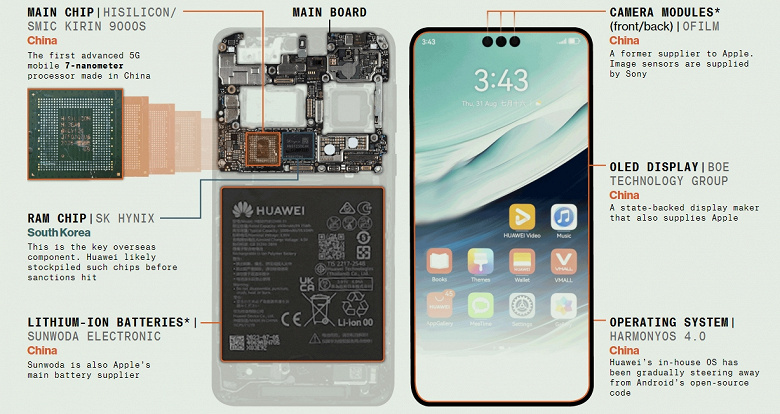Huawei’s HarmonyOS mobile OS turned out to be a fork of Android
The Harmony OS software platform, which is being developed by the Chinese company Huawei as an alternative to Android, is practically no different from the Google mobile operating system. This is the conclusion reached by Ars Technica editor Ron Amadeo after personally testing the beta version of Harmony OS 2.0.










